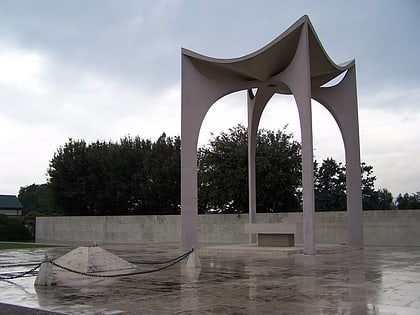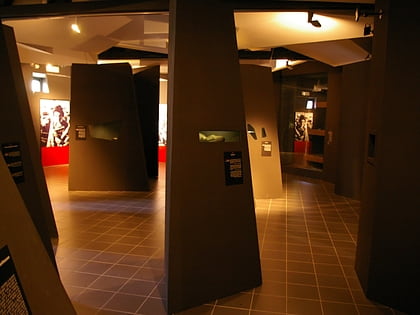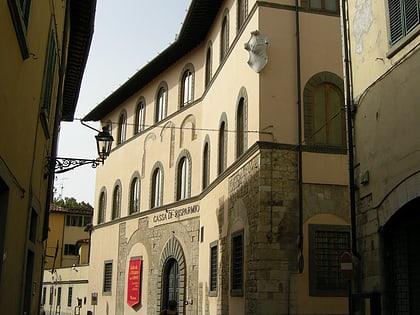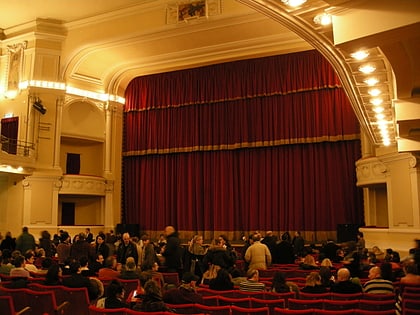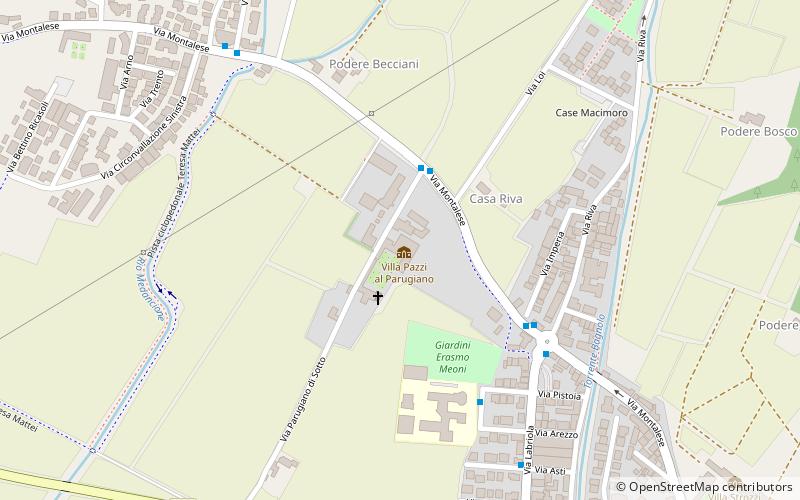San Salvatore in Agna, Montale
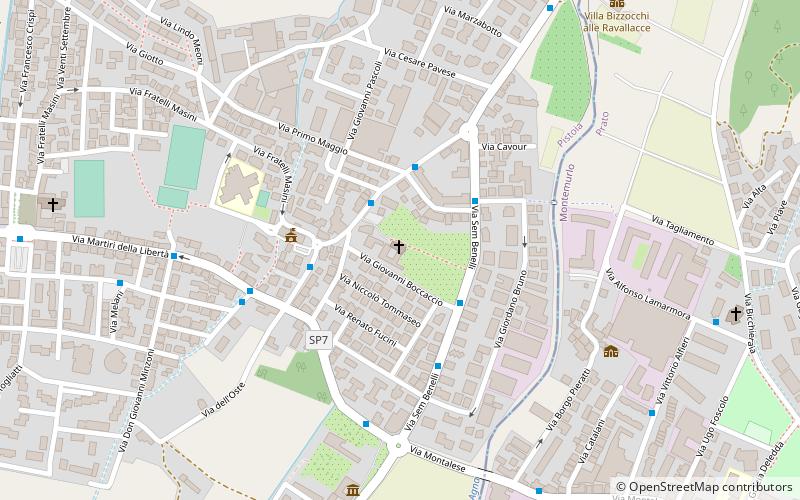
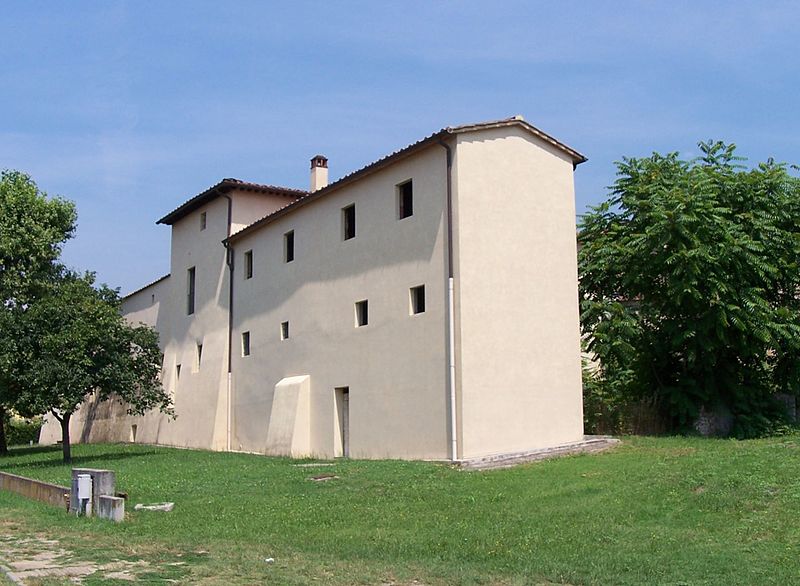
Facts and practical information
The Abbey of San Salvatore in Agna is located on Antonio Gramsci Street in the town of Montale, in the province of Pistoia. The name derives from the location of the monastery, which is located at the lowland outlet of the valley of the Apennine stream Agna, which passes in its vicinity.
The monastery is already documented in 772 as a royal monastery, and like other similar institutions, it was an important economic center, rich in land, houses, annuities, and other appurtenances. In Carolingian times it was the personal estate of the wives and daughters of the rulers, so much so that it was referred to as the "queen's monastery." It was also known at the time as San Salvatore "in Alina" probably after the name of the town now called Agliana, which must have had some prominence in the early Middle Ages.
The monastic complex arose near an itinerary that crossed the Apennines, an alternative to those that led to Pistoia, in the direction of the ancient and important Badia a Taona and in close connection with the piedmont route derived from the ancient Cassia, and consequently, it exercised, probably from its origins, the function of hospitium.
It was dependent on the abbey of San Salvatore of Brescia. From the 10th century, at least for a time, it was no longer royal domain and passed into the possession of the powerful Guidi counts, who had extensive possessions throughout the Agna valley. In the 10th century it was assigned to the bishop of Fiesole while always remaining linked to the diocese of Pistoia; in the next century it was united with the Fiesole monastery of San Bartolomeo, and in 1440 it passed to the Lateran regular canons.
The church, part of a larger building complex, a remnant of the ancient monastery, has a single nave, Latin-cross plan, with three apses whose outer surface is traversed by small arches of Lombard influence.
Of particular interest is the apsidal crypt, divided by low columns partly of perusal, as of perusal are several capitals decorated with plant motifs, dated between the 10th and 11th centuries.
The present building underwent a radical restoration around 1920 aimed at highlighting Romanesque features.
San Salvatore in Agna – popular in the area (distance from the attraction)
Nearby attractions include: San Giovanni Battista Decollato, Brazilian Military Cemetery of Pistoia, Museo della deportazione, Palazzo degli Alberti.


